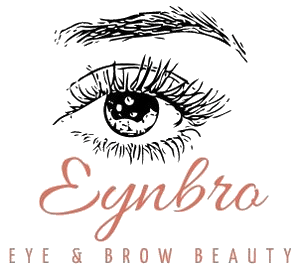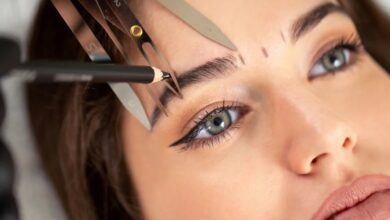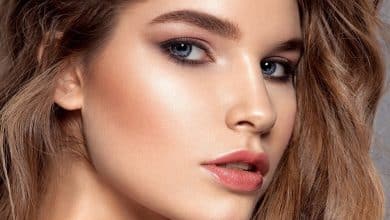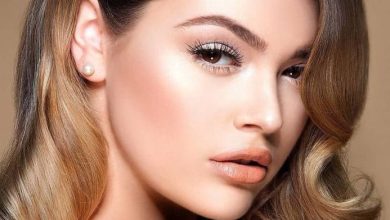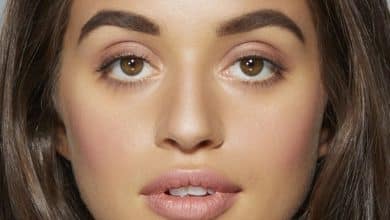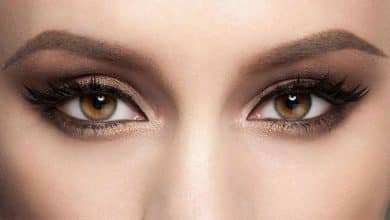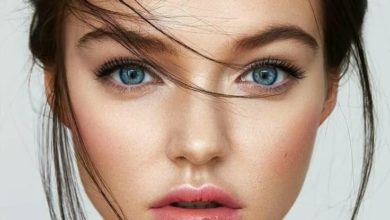Eyebrow Shaping Techniques: Which One To Choose And How They Differ
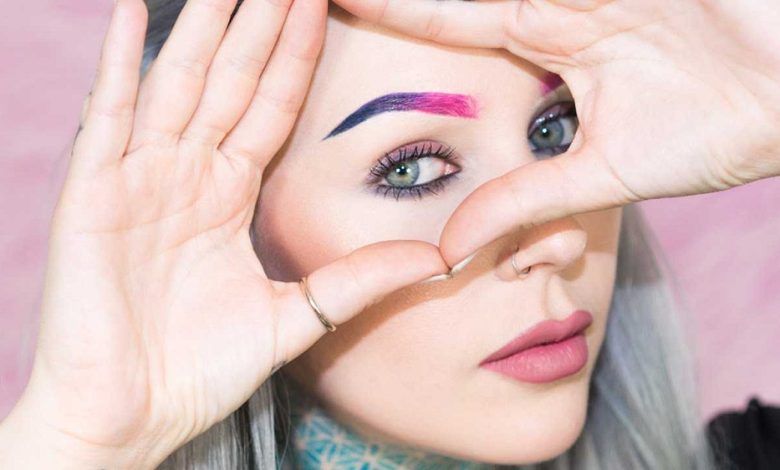
Eyebrows have the power to transform your appearance, framing your face and enhancing your natural beauty. The right eyebrow-shaping technique can accentuate your features, while the wrong one can detract from your look. With so many methods available today, it’s essential to understand how they differ to make the right choice for your needs. Let’s explore the options in detail.
The Importance of Well-Shaped Eyebrows
Beautifully shaped eyebrows add balance, symmetry, and definition to your face. They can highlight your eyes, soften your expressions, or create a bold and daring look. While some people choose to groom their eyebrows at home, professional shaping ensures precision and a polished result. Whether you’re after a natural style or a dramatic finish, choosing the right technique is the first step.

Mechanical Eyebrow Shaping Techniques
1. Tweezing
This traditional method uses tweezers to pluck individual hairs, making it one of the most accessible eyebrow-shaping techniques. It’s suitable for minor adjustments or maintaining an already defined shape.
Advantages:
- Affordable and easy to do at home.
- Allows for detailed and precise shaping.
Disadvantages:
2. Threading
Threading, or “triding,” is a precise technique that involves twisting a cotton thread to remove hairs at the follicle level. Originating from ancient cultures, this method has gained popularity for its accuracy.
Advantages:
- Creates clean, sharp lines, ideal for detailed shaping.
- Less irritation compared to tweezing or waxing.
Disadvantages:
- Can be painful for sensitive skin.
- Requires skill and experience, making it less ideal for DIY.
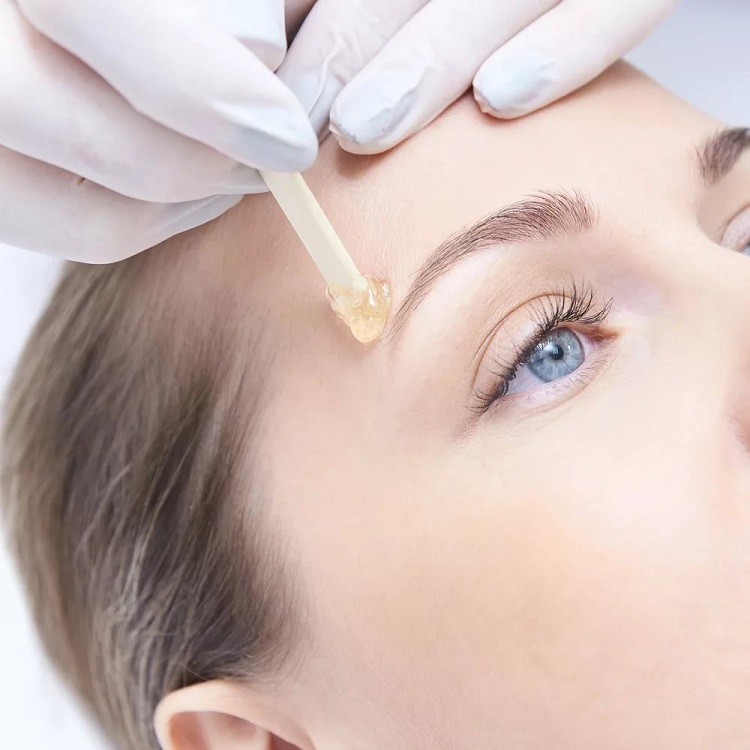
3. Waxing
Waxing removes multiple hairs in one quick motion by applying heated wax and pulling it off with a strip. This method is ideal for those seeking long-lasting results with minimal maintenance.
Advantages:
- Quick and efficient, removing even the finest hairs.
- Results last 3-4 weeks, as the hairs are pulled from the root.
Disadvantages:
- Can cause redness or irritation, especially for sensitive skin.
- Risk of allergic reactions if not tested beforehand.
For waxing, professionals often prep the area to minimize irritation and ensure precision, making it a great option for those with coarse or dense brow hair.
4. Shaving or Trimming
For a pain-free approach, shaving or trimming offers a temporary solution. Special eyebrow razors or scissors are used to cut hairs at the surface level.
Advantages:
- Painless and quick for touch-ups.
- Ideal for trying out new shapes temporarily.
Disadvantages:
- Hair regrowth occurs quickly, often within a few days.
- Increased risk of uneven or unnatural results.
Trendy looks, like shaved lines or partial brow designs, are gaining popularity among those experimenting with bold styles.
Coloring and Temporary Enhancements
1.Traditional Tinting
This method uses professional-grade dyes to enhance the color and shape of your eyebrows, offering a more defined look.
Advantages:
- Lasts up to 4 weeks, making it low maintenance.
- Perfect for enhancing natural brows without altering their shape permanently.
Disadvantages:
- Requires regular touch-ups to maintain the effect.
- Not ideal for dramatic changes in color or density.
2. Henna Brow Tinting
Henna is a natural alternative to chemical dyes, providing semi-permanent color that stains both the hair and the skin beneath.
Advantages:
- Strengthens and conditions the brow hairs.
- A natural and safe option for sensitive skin.
Disadvantages:
- Results fade faster on oily skin.
- Limited in its ability to achieve bold or vibrant colors.
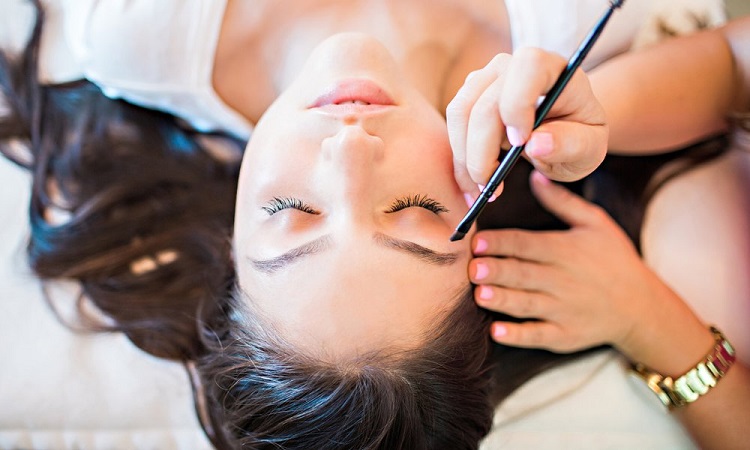
Semi-Permanent and Permanent Techniques
1. Microblading
Microblading uses a hand-held tool to create realistic, hair-like strokes with pigment. This technique is perfect for sparse or over-plucked brows.
Advantages:
- Long-lasting (up to 2 years).
- Delivers natural, fuller-looking brows.
Disadvantages:
- Requires a healing period of several weeks.
- Expensive and needs skilled technicians.
2. Powder Brows
Powder brows, also known as ombré shading, involve applying pigment with a machine for a soft, powdered effect.
Advantages:
- Mimics the look of makeup, creating a polished finish.
- Lasts up to 2 years.
Disadvantages:
- Higher cost compared to traditional techniques.
3. Hyperrealism
Hyperrealism offers a highly detailed, natural result by replicating fine hair strokes in a “W” pattern. This creates a 3D effect that mimics real brow hairs.
Advantages:
- Exceptionally realistic appearance.
- Minimal recovery time with no scarring.
Disadvantages:
- Requires advanced expertise, making it one of the pricier options.
Lamination and Other Modern Techniques
1. Eyebrow Lamination
This non-invasive technique involves applying a chemical solution to set the brow hairs in place, creating a fuller and more polished look.
Advantages:
- Perfect for taming unruly brows without permanent changes.
- Results last 4-6 weeks.
Disadvantages:
- Not suitable for very sparse eyebrows.
- Requires regular upkeep.
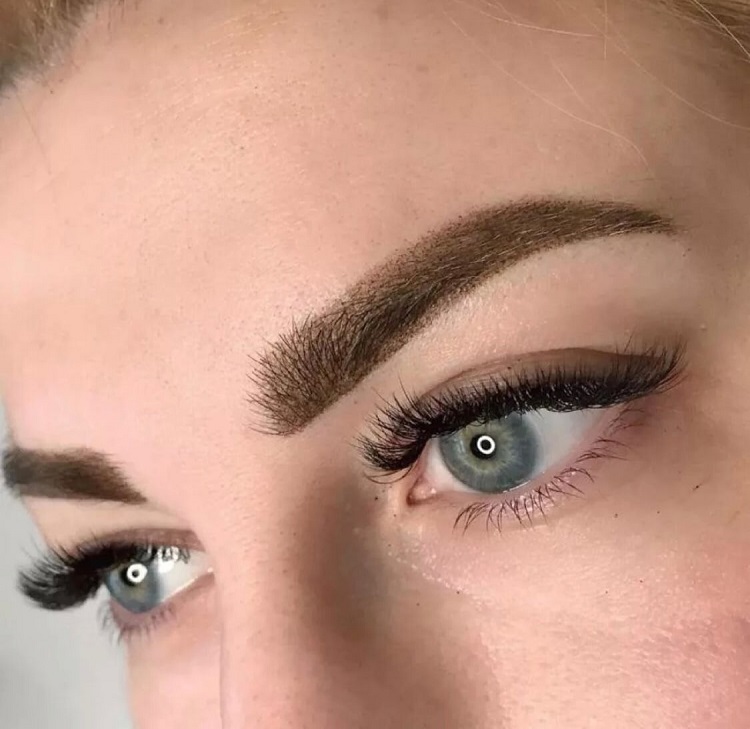
Choosing the Right Technique
When deciding which eyebrow shaping method to choose, consider your skin sensitivity, lifestyle, and desired results. A professional consultation can help determine the best approach for your unique needs.
Here’s a quick summary:
- For low pain: Try henna or lamination.
- For long-lasting results: Opt for microblading or powder brows.
- For precision: Threading and tweezing work best.
- For sensitive skin: Henna and lamination are gentle options.
Quick Answers
Q: Is eyebrow shaping painful?
A: Pain levels vary depending on the technique. Tweezing and threading can be slightly painful, while waxing and lamination are generally less so. Techniques like henna and microblading may involve mild discomfort but are tolerable.
Q: How long do the results of eyebrow shaping last?
A: Temporary methods like tweezing and waxing last 1-4 weeks, while semi-permanent options like microblading can last up to 2 years.
Q: Can I shape my eyebrows at home?
A: Yes, you can use tweezers, razors, or scissors for basic shaping. However, professional services ensure better precision and symmetry.
Q: Which method is best for sensitive skin?
A: Henna tinting and threading are gentle options. Avoid waxing if your skin is prone to irritation.
Q: What is the most natural-looking technique?
A: Microblading and hyperrealism deliver the most natural results by mimicking the appearance of real hair.
Enhancing your eyebrows is an art, and with the right technique, you can achieve stunning results that elevate your overall look. Choose wisely and embrace the beauty of perfectly shaped brows!
